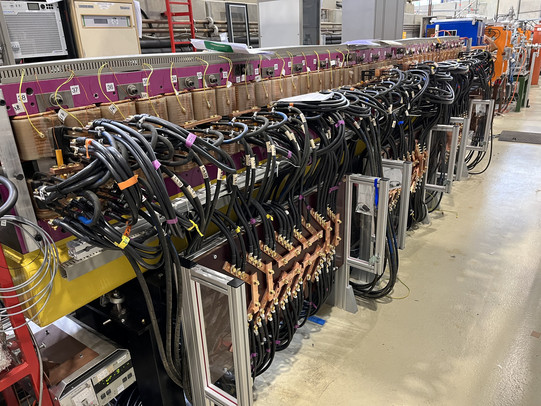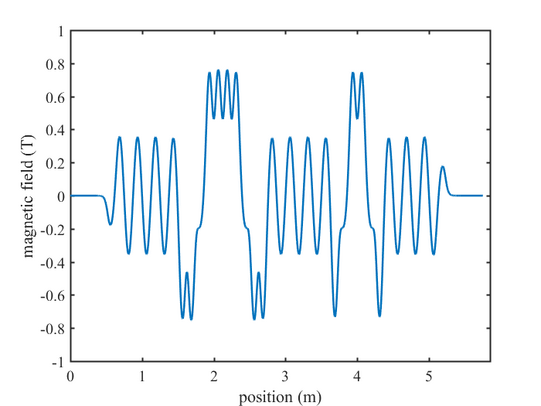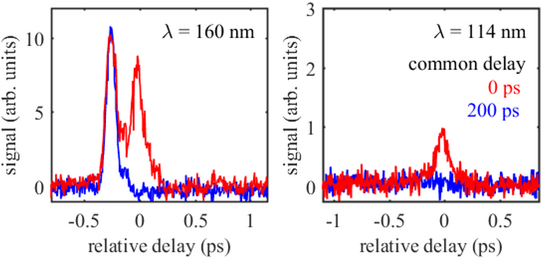Worldwide First EEHG Signal at a Storage Ring
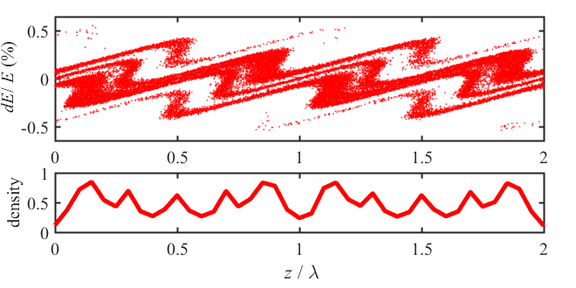
EEHG (echo-enabled harmonic generation) was proposed in 2009 as a method to improve the output of free-electron lasers [1]. Two laser pulses are used to manipulate accelerated electrons in such a way that short-wavelength radiation with defined properties is emitted coherently.
The image above shows a typical EEHG electron distribution in phase space, i.e., as a function of the longitudinal position z (here in units of the laser wavelength) and the energy deviation dE (percent of the beam energy E). The projection onto the z-axis yields a periodic electron density distribution, which gives rise to the coherent emission of synchrotron light at short wavelengths.
EEHG has already been demonstrated at several linear accelerators and is being used now in user operation at the free-electron laser FERMI in Trieste/Italy [2,3]. However, the method can also be employed at storage rings to generate ultrashort synchrotron radiation pulses. This has been proposed, among others, for BESSY in Berlin [4], DELTA in Dortmund [5], HLS in Hefei/China [6], NSLS-II in Upton/NY/USA [7] and SOLEIL in Saint-Aubin/France [8]. EEHG pulses are about as long as the laser pulses involved, i.e., 1000 times shorter than the pulses of conventional synchrotron radiation. This would enable experiments with a time resolution of less than 100 femtoseconds (the 10,000,000,000,000th part of a second).
DELTA is the first and presently the only storage ring worldwide at which EEHG has been implemented. In summer 2022, the undulator U250, which consists of alternately poled electromagnets, was rewired to create the magnetic structure required for EEHG:
modulator-chicane-modulator-chicane-radiator (see below: photo and magnetic field).
A modulator is an undulator in which laser pulses modulate the electron energy periodically. A chicane is an arrangement of magnets to redistribute the electrons according to their energy. The radiator is another undulator from which synchrotron light is emitted.
The conversion of the U250 required around 200 new cables. It is now controlled by 14 different power supplies. With 72 copper rods on three switchboards, it can be converted back to a normal undulator in short time [9].
In initial experiments starting September 2022, the interaction of electrons with two laser pulses was demonstrated [10]. The pulses from a titanium:sapphire laser system with a wavelength of 800 nm are partially converted to 400 nm and both pulses are directed onto the electron beam axis in the undulator U250 using motorized mirrors (in the following figure: M1, M2, P1, P2). The pulses are synchronized with each other by adjusting the path length (delay). The successful interaction with the electrons is verified by the emission of synchrotron radiation in the terahertz range [11].
After initial success, extensive repairs were required in 2023. In summer 2024, finally, EEHG radiation pulses were successfully detected at wavelengths 160 nm and 114 nm [12]. EEHG occurs when both laser pulses interact with the same electrons (red curves in the following figure). Data were also recorded without laser-electron interaction (blue curves) showing that one of the signals at 160 nm was caused by non-linear processes on mirror surfaces.
A special feature at DELTA is a total length of the magnet structure of only 4.75 m. Previous proposals for EEHG at storage rings [4-8] are based on at least twice the space requirement. With 38 electromagnets, each 12.5 cm long, the undulator U250 is not well-suited for EEHG user operation. It would be advantageous to use compact permanent magnets, which allow more magnetic poles per length, and also require neither electric current nor cooling water.
Nevertheless, with the present setup, the physical limitations for EEHG with the given electron beam parameters can be explored. Thus, the setup at DELTA is an important prototype for generating ultrashort radiation pulses at future storage rings.
References
- G. Stupakov, Physical Review Letters 102, 074801 (2009)
- P. Rebernik Ribič et al, Nature Photonics 13, 555 (2019)
- C. Spezzani et al, Proceedings of FEL'24, Warsaw, Poland, TUBI02 (2024)
- J.-G. Hwang et al, Scientific Reports 10, 10093 (2020)
- S. Khan et al, Synchrotron Radiation News 24:5, 18 (2011)
- H. Li et al, Proceedings of IPAC'13, Shanghai, China, 1208 (2013)
- X. Yang et al, Scientific Reports 12, 9437 (2022)
- C. Evain et al, New Journal of Physics 14, 023003 (2012)
- B. Büsing et al, DELTA Annual Report 2022, 11 (2023)
- S. Khan et al, Proceedings of IPAC'23, Venice, Italy, 1057 (2023)
- P. Ungelenk et al, Physical Review Accelerators & Beams 20, 020706 (2017)
- S. Khan et al, Proceedings of FEL'24, Warsaw, Poland, MOAI02/TUP250 (2024)


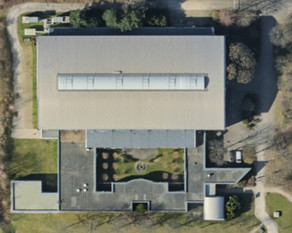
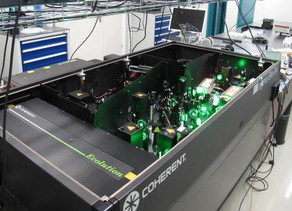
![[Translate to English:] [Translate to English:]](/storages/delta/_processed_/a/4/csm_standard_seitenheader_7382467fdd.jpg)
